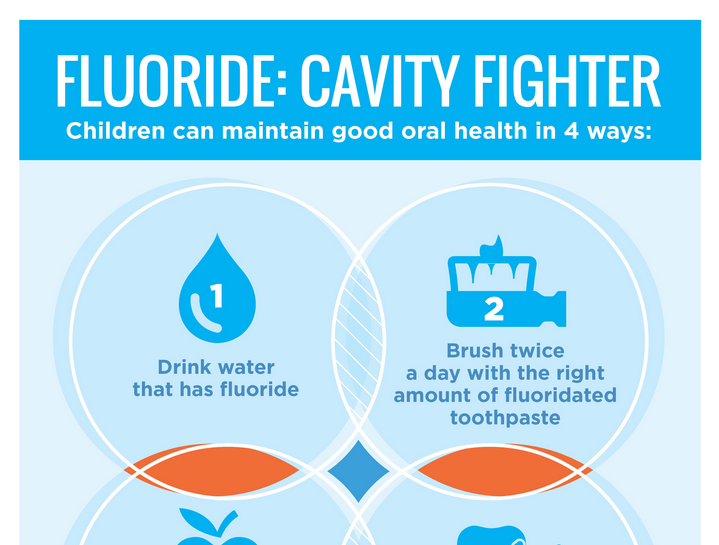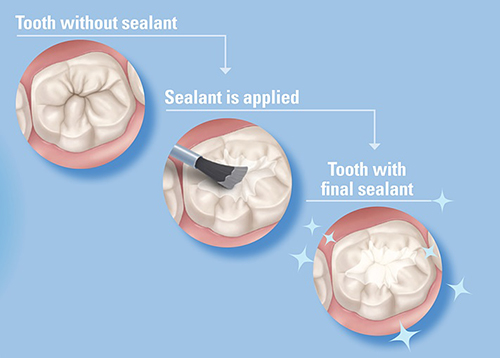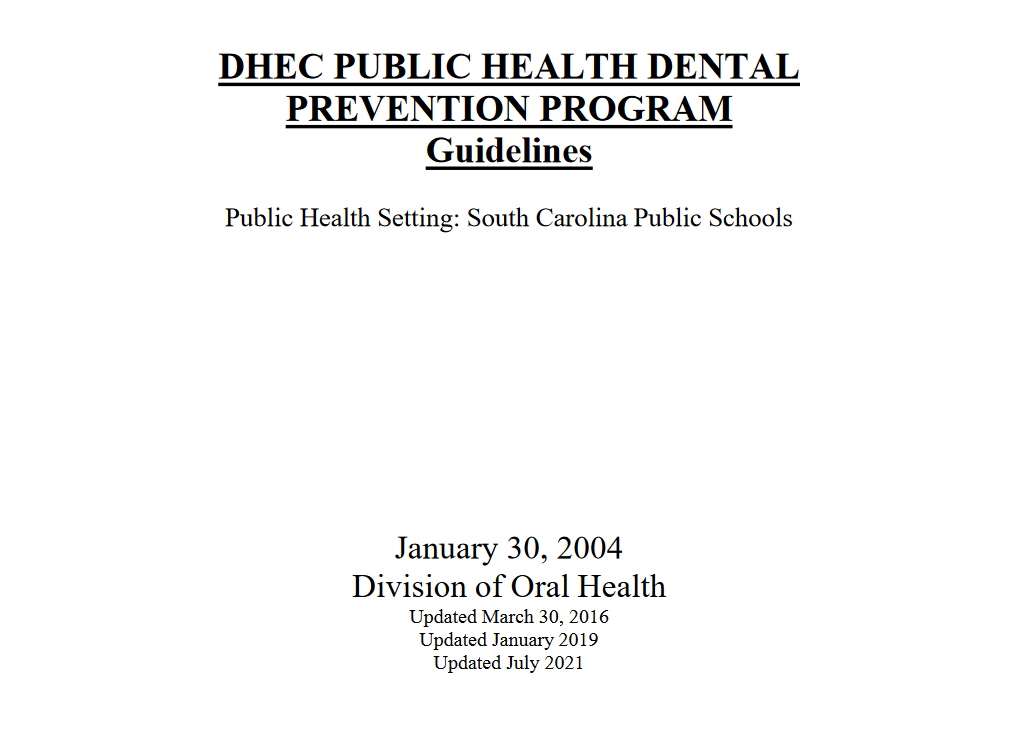Fluoride: Nature's Way of Preventing Tooth Decay
Fluoride is naturally found in most water sources: rivers, lakes, wells, and even the oceans. For the past 75 years, fluoride has been added to public water supplies to bring fluoride levels up to the amount necessary to help prevent tooth decay.
In the United States, water fluoridation is not the only form of fluoride delivery that is effective in preventing tooth decay in people of all ages. Use the information listed below to compare the other fluoride products that may lower the risk for tooth decay, especially for people who are at higher risk for decay.
Although these products reduce tooth decay, combined use with fluoridated water offers protection greater than any of these products used alone.






